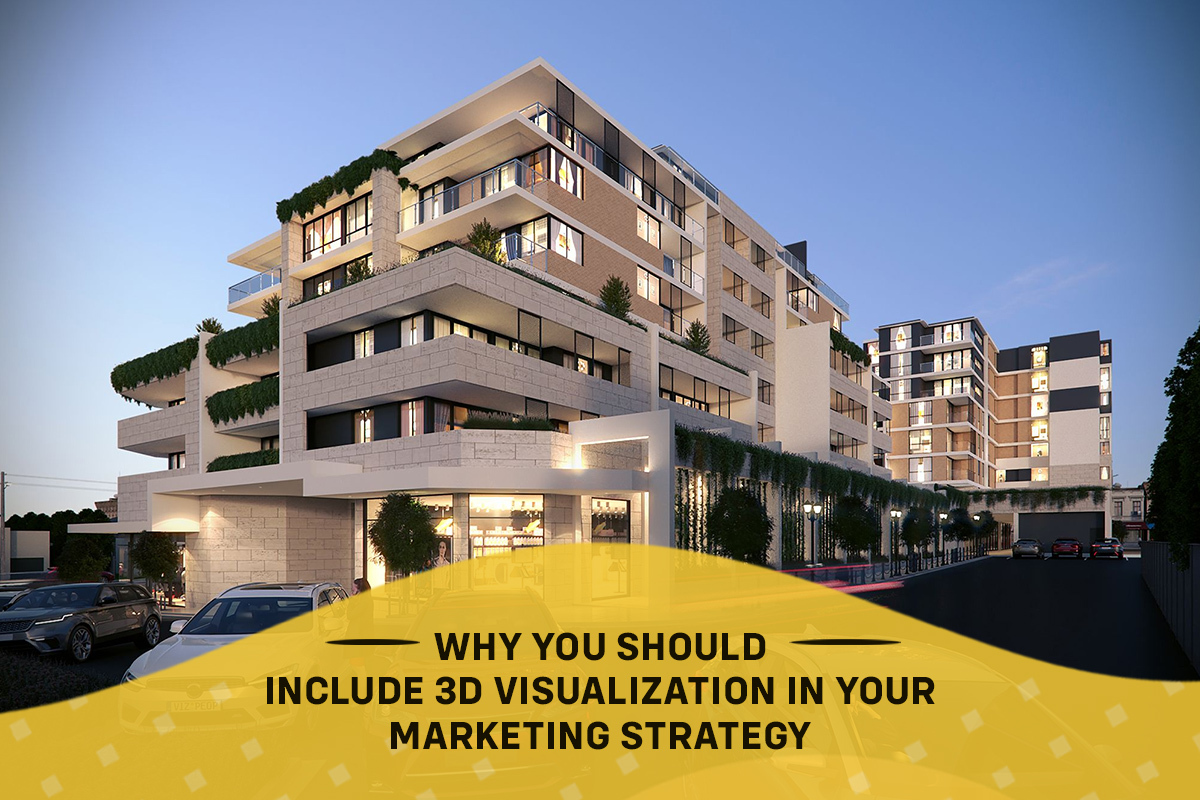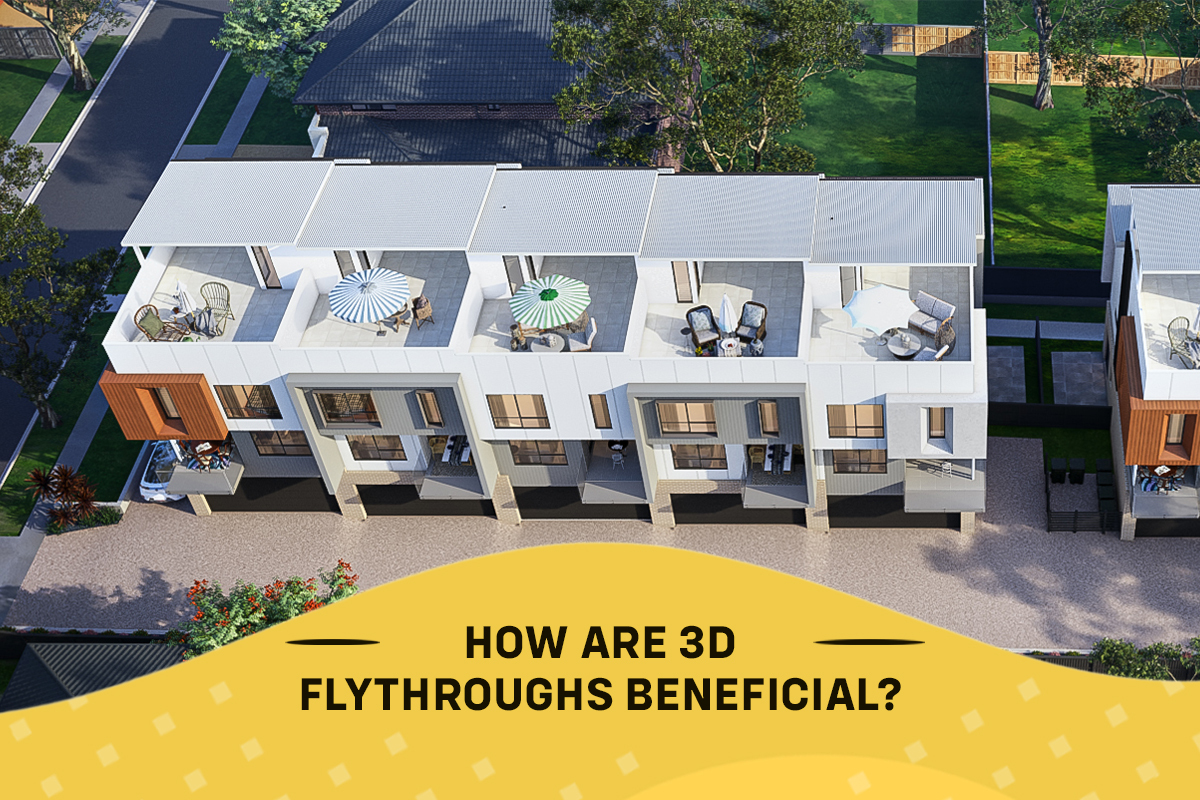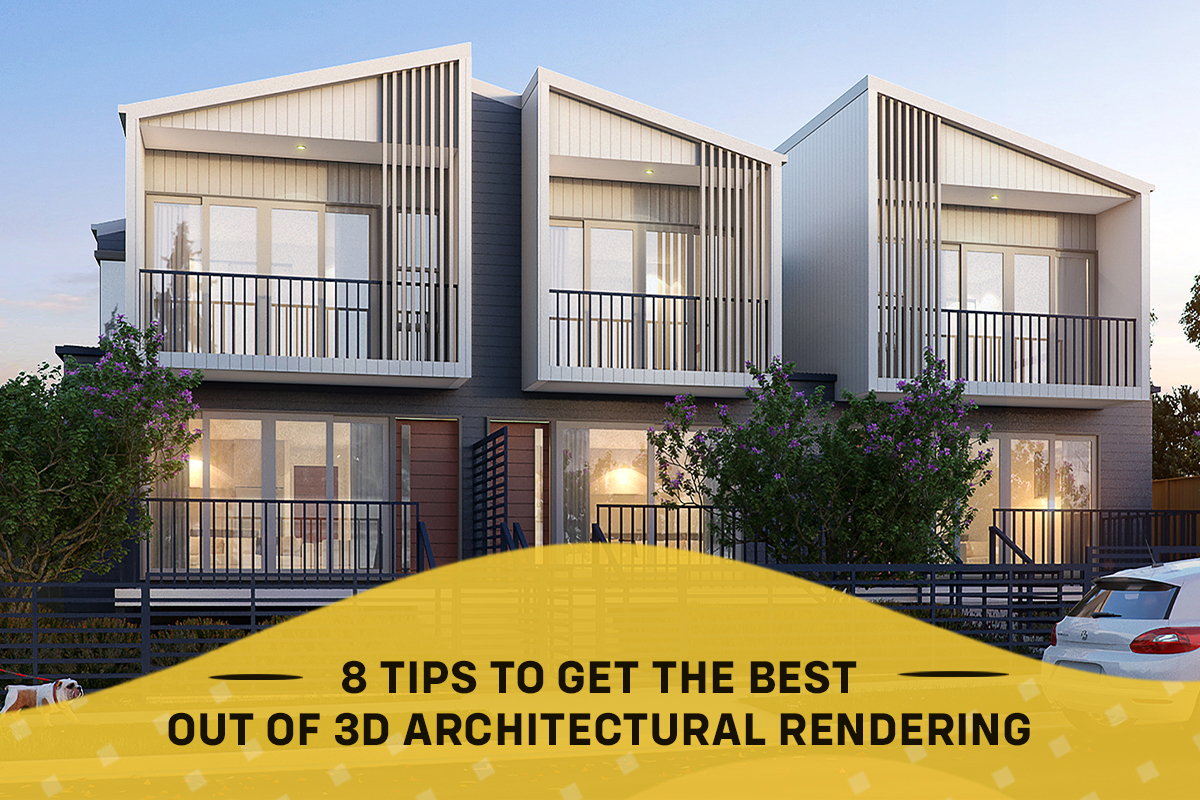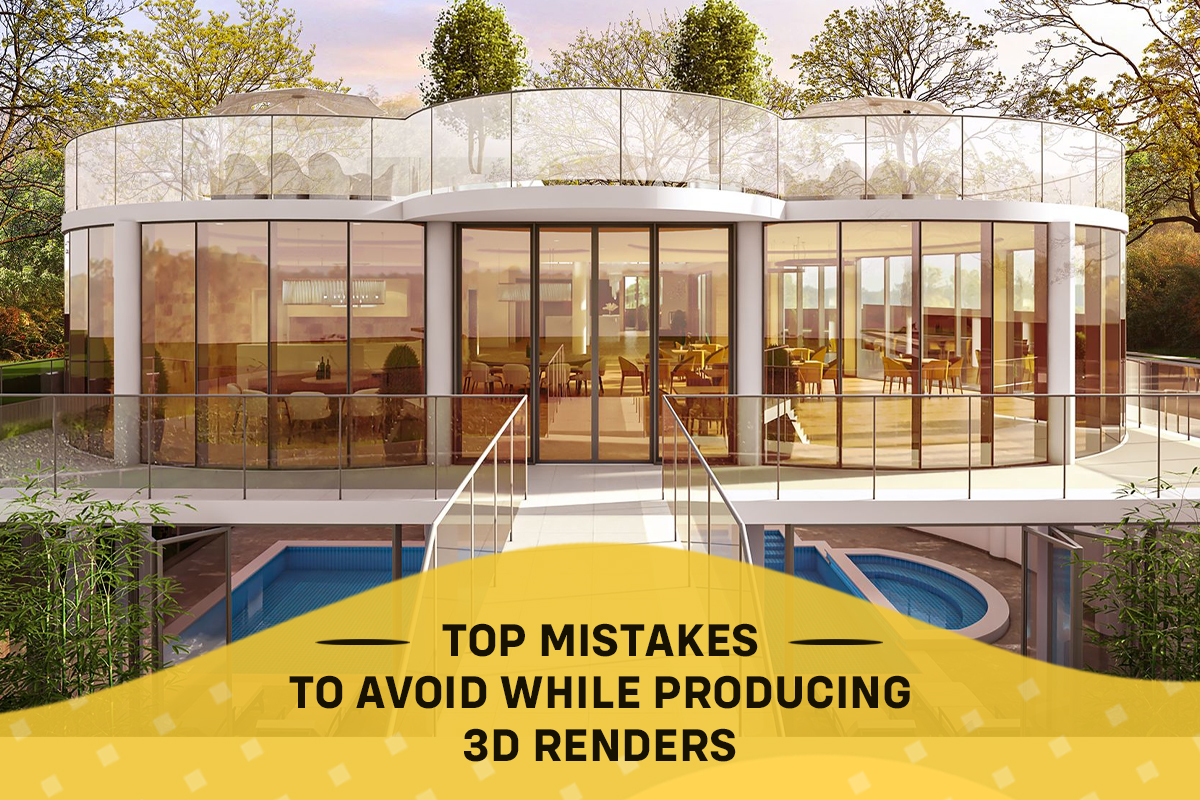The market for 3D visualization has been exponentially growing at a breakneck pace, especially in the last couple of years. According to a market survey published by Global Market Insight Inc., the 3D visualization or 3D rendering market will be at a whopping $6 billion by 2025.
3D visualization combines a series of technologies such as computer-generated imagery, 3D modeling, rendering, and graphics that achieves a level of realism that beats all professional photography or videography. The possibilities are limitless when it comes to creating designs or renders — in practically every industry out there.
According to scientists, the human brain processes visuals about 60,000 times faster than texts (constituting around 80% of all the information in our brain). As a marketer, you need to understand the importance of visuals in customer engagement, persuasion, and attraction, for conversion into lead targets.
Read: How 3D Renderings are Redefining the Property Market
Reasons Why You Should Include 3D Visualization Services in Your Marketing Strategy
With the immense growth of 3D visualization technology usage in the industry today, it’s important to include it in your marketing strategy. Let’s walk you through the reasons why you should consider it in your next marketing stint.
1. Offers Interactive & Immerse Product Presentation
3D visualization services provide you with a complete product understanding process through customer interaction. Customers can view these products in real time, while the website owner can receive useful insights into customer behaviors.
Also, using 3D visualization services technology, customers can look at the product from different views and rotate, zoom, and analyze intricate details.
As a marketer, you’re well aware of the immense costs and logistics associated with product photography. Also, these images can be modified easily as the product version changes and can be simulated at large volumes without taking a series of photographs.
2. It’s Realistic
When it comes to gathering your customers’ attention spans or potential client deals, 2D has its limitations.
3D renderings can achieve significant traction in marketing. This is the reason behind its rapid scalability and expansion — it gets as real as you want it to be.
When customers engage with the renders, they see the value of the product they’re paying for. When you want to show off the material quality and design features to your customer, 3D visualization services offer them a unique visual perspective that helps them make an informed buying decision.
3. 3D Render Formats Are Quite Versatile
The number of channels through which a marketing asset can be used and dispersed determines its true value. Because of the versatility of 3D renderings, they’re available in various formats that are topping marketing charts.
These renders have solutions for any marketing campaign platform you want — 3D display, animation, tour, realistic high-resolution images, and snapshots.
It has especially created a considerable demand in the architecture and construction industry. Using these 3D renders in marketing, architects design the formation of objects and work on the proportions and model correction down to the most intricate details.
3. 3D Marketing Saves Money
If you’re looking for a strong marketing return on investment — both in the short and long run — 3D marketing is the best option.
Read: 5 Reasons to Invest in 3D Rendering Services
Since customers can see what they’re buying before they even pay for it, they’re highly likely to purchase it. Moreover, 3D renderings increase the visibility and web presence of the company that uses them. As a diversified media strategy, 3D marketing can up your social media presence and drive sales.
Also, consider this. When building a display home or prototype for marketing photography or videography, you need to hire a photographer, studio, stylist, editor, etc. The list just goes on. All these preparations add up to the total expense for your marketing campaign.
3D visualization can save you thousands here by replacing all these behind-the-scenes expenses.
4. Enables Sales Through Gamification
For decades, gamification has been an excellent marketing technique where customers can engage and play with the products of their choice. Thus, gamification brings a fun and interactive shopping experience to eager customers.
Due to the increasing engagement when promoting these products, the number of sales and overall order values shoot up.
3D visualization can be a safer, lighter, cheaper, and faster alternative to traditional 2D images, as they are mostly cloud-based solutions that can be accessed anytime.
Each of the benefits we mentioned above should be reasons enough to show you that 3D renderings make for successful and blooming marketing.
If you are looking for 3D visualization services to enhance successful marketing strategy efforts, you can get in touch with us at Render Visuals for all your rendering needs.





